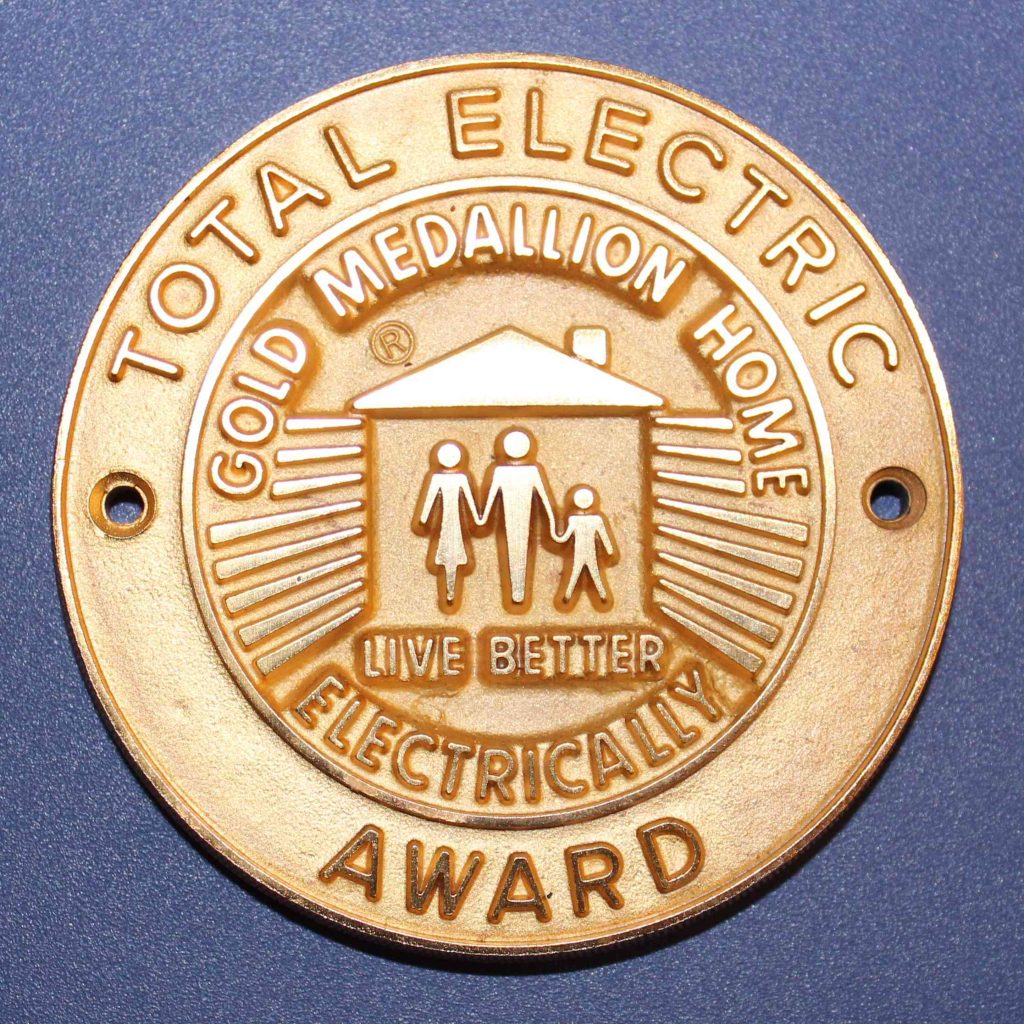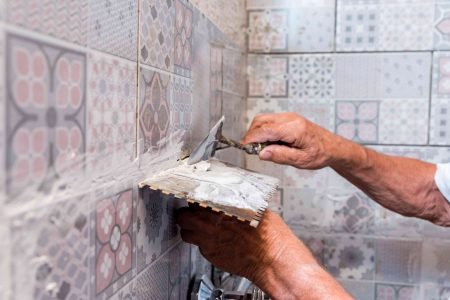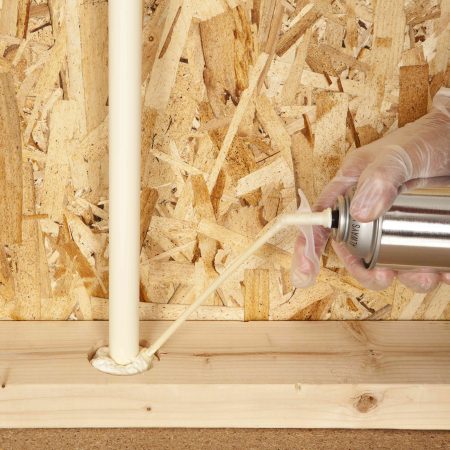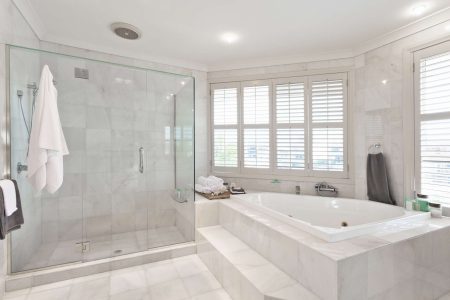If you’ve recently bought a mid-century modern home in a suburban area and found a gold medallion affixed to the exterior wall, you might be wondering what this is all about. During the 1960s and ’70s, this badge meant that you were entering a house of technological marvels. No, it did not mean that the home had a “Jetsons”-like system of automatic dog washers and food preppers. It simply meant that the home had a relatively innovative energy system of the time: It was 100 percent electrified.
What Is a Gold Medallion Home?
During the 1960s and ’70s, the Gold Medallion was a decal on a home’s exterior entryway and signified that the house is technologically advanced. Some of this technology included an electric washer and dryer, waste disposal, refrigerator, and electric heating.
From “Dirty” Energy to Clean Electricity
Generally speaking, homes built before World War II weren’t as clean or efficient as homes today. Many had coal-burning furnaces in the basement, and coal would blacken everything around it. Some homes used fuel oil that was delivered by trucks and piped into the basement, where it was burned in the furnace. Some homes still relied on dirty-burning and inefficient fireplaces to supplement their main heat sources.
There were (and still are) physical manifestations of older energy production everywhere. Houses on the East Coast in the 1960s still had coal chutes leading into the basement. Tanks for fuel oil may be buried on a home’s property—and are now considered a liability and a bone of contention whenever it comes time to sell a house.
It was considered a great step up to modernity to use electricity. Electric water heaters didn’t give off smoke or fumes; they didn’t even need flues. Electric heating systems could pump hot air throughout a house.
By 1960, more than 850,000 families were living in total-electric Gold Medallion homes. Many of these were in western cities such as Los Angeles, Palm Springs, Phoenix, and Seattle, which experienced a great deal of post-World War II building.
Unlike the mid-century design staples of Gold Medallion homes, many of today’s homes have gone in the opposite direction. Switching electric services to natural gas is, in some cases, a cheaper and more efficient energy source than electricity. Also, it doesn’t take much investigation to suspect some marketing spin at play. An all-electric home may not burn coal on-site, but because most electricity in the United States is produced by burning coal, a Gold Medallion house is essentially all-coal-powered.
Signs of a Modern Home
The standard mark of a Gold Medallion home was a rectangular brass badge affixed near to the doorbell, though the badge could be mounted in many places, typically near the entrance of the home. (Some were even embedded in the sidewalk outside.) The phrasing of the badge changed over the years. The tagline is probably better remembered: “Live Better Electrically,” perhaps a play on the earlier, more famous, and often mocked “Better Living Through Chemistry” slogan of a large science and chemical company named DuPont.
Some variations include:
- Gold Medallion Home—Live Better Electrically
- Total Electric Award—Gold Medallion Home—Live Better Electrically
- Medallion Home—Live Better Electrically
In addition to the brass badge, 7-inch window stickers were available.
Gold Medallion Program Sponsors
The Gold Medallion program was advertised largely when it first began, and several notable sponsors played a part in its growth:
- The Edison Electric Institute (EEI) and General Electric heavily promoted the Gold Medallion program through magazine and newspaper ads, TV spots, and radio jingles.
- Future U.S. President Ronald Reagan got on the bandwagon for all-electric living in his role as spokesman for General Electric.
The program also awarded allowances to builders who built Gold Medallion homes. Gold Medallion status was a convenient marketing tool: After World War II, home building began to ramp up. Builders had to add extras and bonuses to bring buyers to their homes and developments. A February 10, 1963 article about the Gold Medallion program states, “Back in the ’50s, builders needed no special inducements to attract buyers, but now the market is reversed…The building market is on a competitive basis and now the consumer must be wooed.”
Read the full article here














